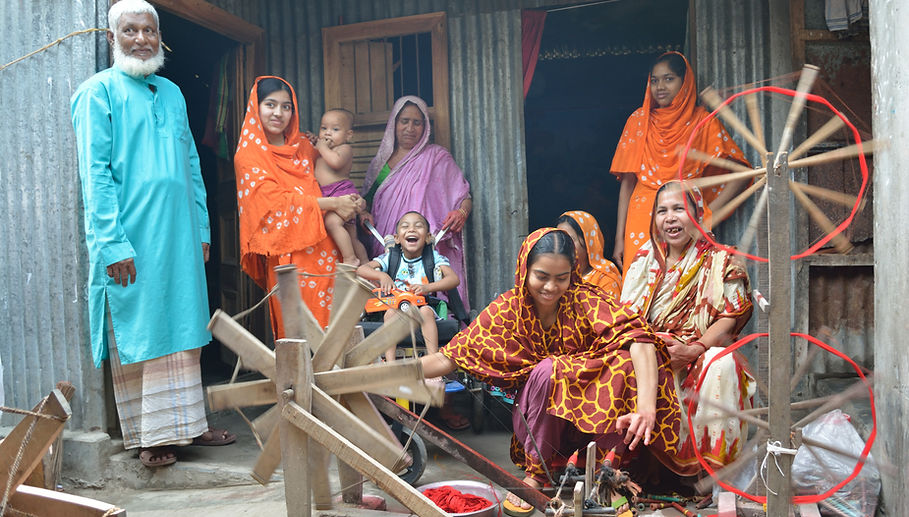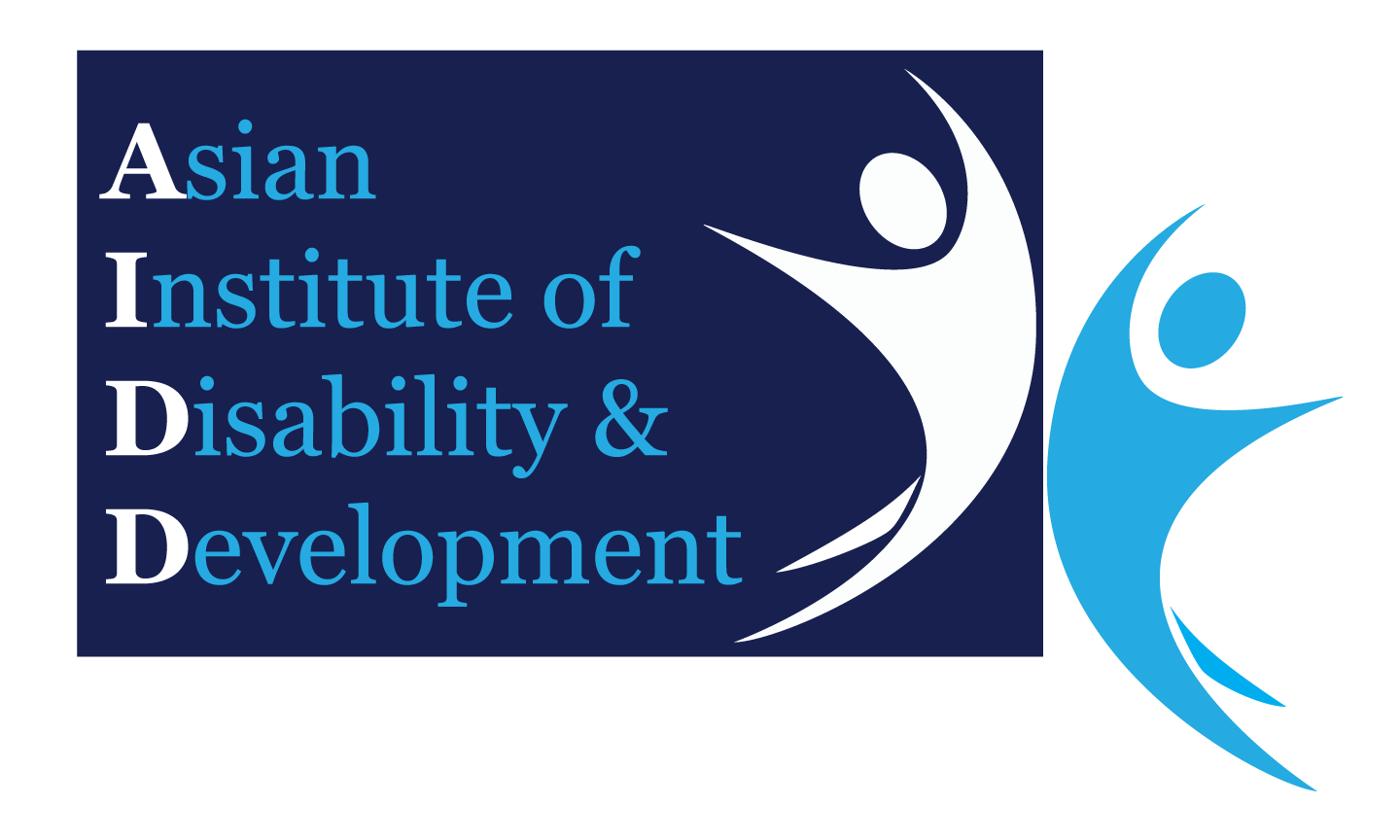
Fostering inclusion through evidence and empowerment


Research // Livelihood
Livelihood
Our Profile
“A livelihood is a means of making a living. It encompasses people’s capabilities, assets, income and activities required to secure the necessities of life. A livelihood is sustainable when it enables people to cope with and recover from shocks and stresses (such as natural disasters and economic or social upheavals) and enhance their well-being and that of future generations without undermining the natural environment or resource base.”
- IFRC (International Federation of Red Cross and Red Crescent Societies)
Relevant livelihood concepts include sustainable livelihood and household livelihood security. A livelihood is said to be sustainable when it can withstand and recover from shocks and stresses and maintain or develop its capacities and assets (i.e. exhibit resilience) at present as well as in the future without depleting the natural resource base. Household livelihood security is defined as adequate and sustainable access to resources and income in order to meet basic needs.
AIDD and Sustainable Development Goals (SDGs)
In line with the Sustainable Development Goals (SDGs) targeted to be achieved by the year of 2030, the Asian Institute of Disability and Development (AIDD) is working towards ensuring good health and well-being, ending poverty, ensuring inclusive education, reducing inequalities, promoting inclusive institutions, and strengthening partnerships and means of implementation. The research carried out at AIDD and the programs being implemented with our partners are aligned towards achieving these targets.
Livelihood Programs
Literacy and Numeracy: As part of the community-based rehabilitation program, the primary caregivers are taught to care for and instructed in providing rehabilitative care and therapy services to their children. Alongside, basic literacy and numeracy skills are also imparted on the caregivers to enhance their communication skills, abilities to conduct and manage transactions. These are essential skills that help pave way for their increased participation in the community.
Vocational Skills: Provision of vocational skills training to facilitate money-earning abilities of the households of children with disabilities is a method that is being experimentally explored. Women from some of the households with children with disabilities have been trained to produce a version of nappies (baby diapers) using a locally available materials and skills. This has the benefit of not only being an economic activity for the individuals involved in the production process, but also creates a supply of low-cost and sustainable diapers/nappies for children with disabilities from disadvantaged families. Initially a pilot project was carried out to test the concept for its feasibility, a scaled-up system can be established.
Income Generating Activities (IGAs): With the aim of inclusive economic participation, there are plans to integrate families of children with disabilities into the existing market structure through appropriate income generating activities (IGAs). Opportunities exist at the study site for studies on the existing skill sets and availability of commodities and services, a market scan, development of a business model, and creation of market linkages.
Manufacturing: Construction of an Assistive Devices Centre has been completed in the rural sub-district of Shahjadpur to manufacture wheelchairs, walkers, etc. Small scale production commenced in July 2017 and the facility is expected to start full-scale production. It is hoped that people from the local community including primary caregivers and household members of children with disabilities can be engaged at the unit.

